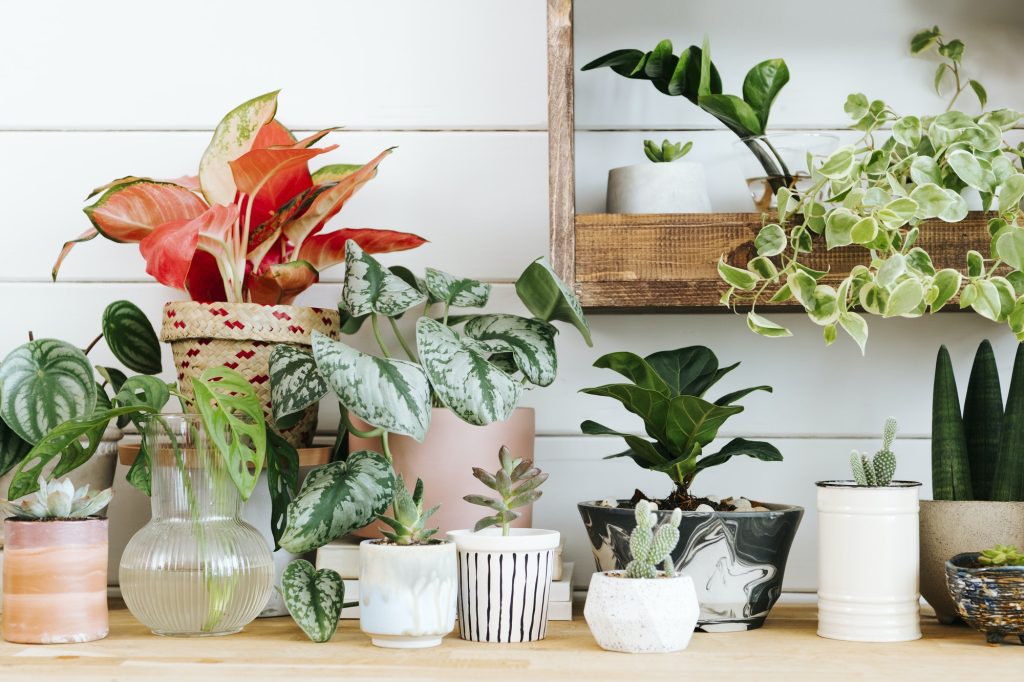Many indoor plants don’t thrive when they are deprived of sufficient light and this can be a challenge for house plants growers.
In providing sufficient light for your plant, location is an important consideration and this is often a bother for growers. There are plants however that can thrive in low light conditions and would survive longer than other plants.
For these plants, placement at specific locations to receive bright light may not be needed as they have a better chance of surviving even when placed anywhere indoors. This does not mean they should be deprived of light because that is still a basic requirement for them.
Most low light plants are relatively low maintenance plants too. For beginners trying out new options, choosing low-light plants is a good start. We have provided a list of low-light plants that could be grown indoors.
Basic Requirements for low light indoor plants
Here are some things to have in mind before buying one of the low-light-friendly plants listed in this article.
- Humidity: Low light plants enjoy middle temperature and find extreme weather conditions to be very uncomfortable for their growth. Humidifiers help provide the temperature and atmosphere need for these plants to thrive.
- Watering: Most low-light plants require moderate watering. Before you water them, check the soil surface to determine how much water the soil has. Never allow the soil to completely dry out before watering. If you notice the leaves start turning yellow, avoid watering for a while because that’s a sign of under-watering.
- Pruning: Pruning is the process of getting rid of damaged or overgrown parts of the plant. In addition, it is used to maintain the shape of a plant. Before pruning, sterilize the equipment to prevent the transfer of infections.
- Potting: Use pots that are well drilled to allow drainage of excess water. Never use aluminum or plastic pots as they can reduce humidity and the elements from aluminum can sip into the soil to harm the plant.
10 Low light indoor plants
Here is a list of indoor plants that require less amount of light to survive than other indoor plants.
1. Aglaonema

Also called the Chinese evergreen, the Asian plant is a freckle patterned plant with hues of green. The Aglaonema is a great option for beginners since it is a low-light plant. While other plants may not survive in low light conditions, the Aglaonema would not only survive but thrive in them.
The Chinese evergreen must be grown in well-drilled pots and be rotated regularly because their wide leaves may not allow even spread of growth.
Chinese Evergreen Care Tips:
- Keep away from pets
- When soil becomes soggy, avoid watering till soil recovers
- Mist leaves regularly.
2. English Ivy
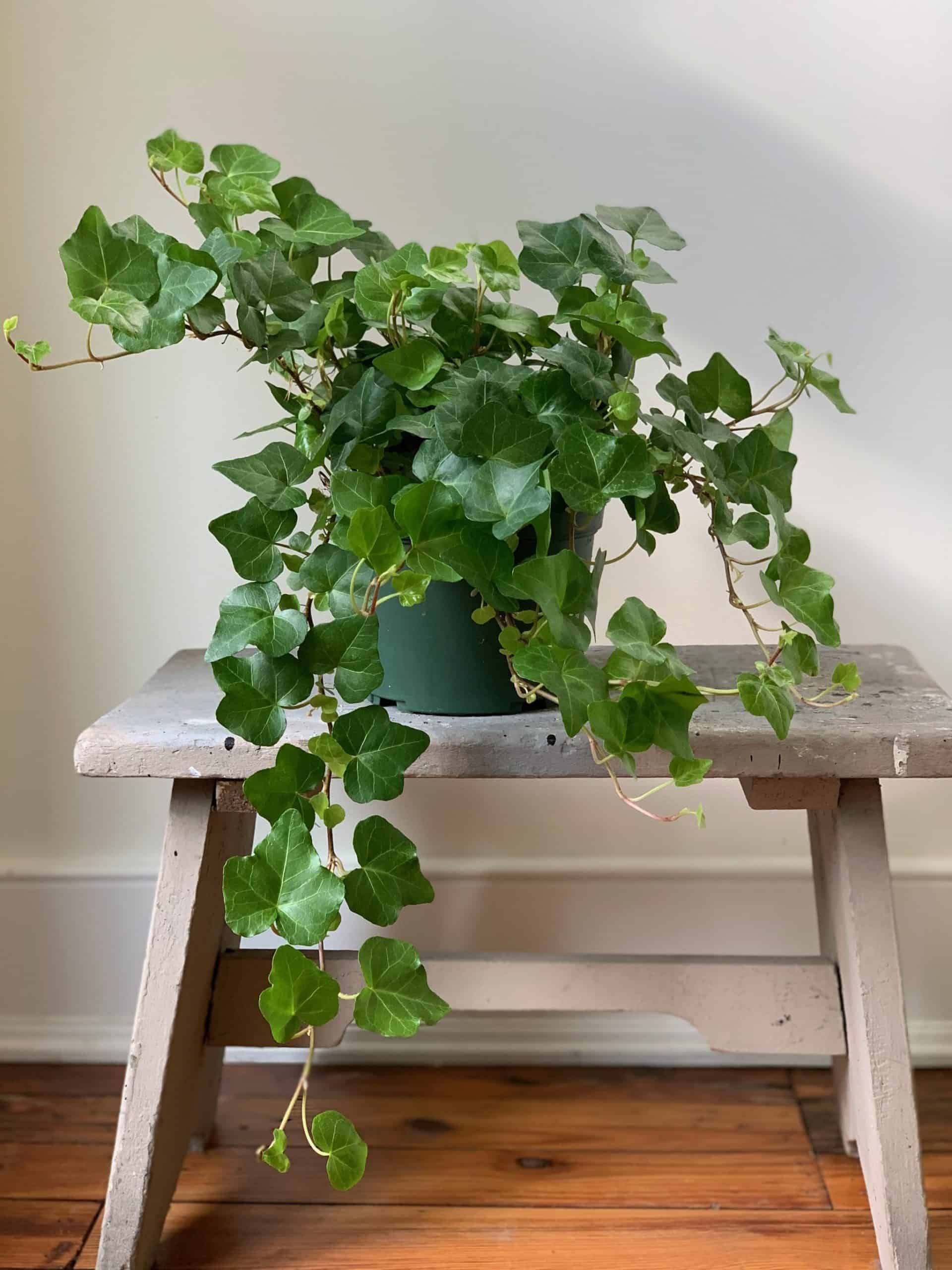
The hanging plant with tiny streaks of green is among low indoor plants. You do not need to place them at window panes or center tables as most growers do, they do a great job at covering walls and structures which means you could be creative with them.
This low light plant would thrive when it is watered regularly and moderately; overwatering makes them prone to root rot which is quite a terrible condition for the plant.
English Ivy Care Tips:
- Ensure they are well spaced in the pots
- Apply fertilizer if you notice slow growth
- Prune regularly to maintain their shape.
3. Philodendron
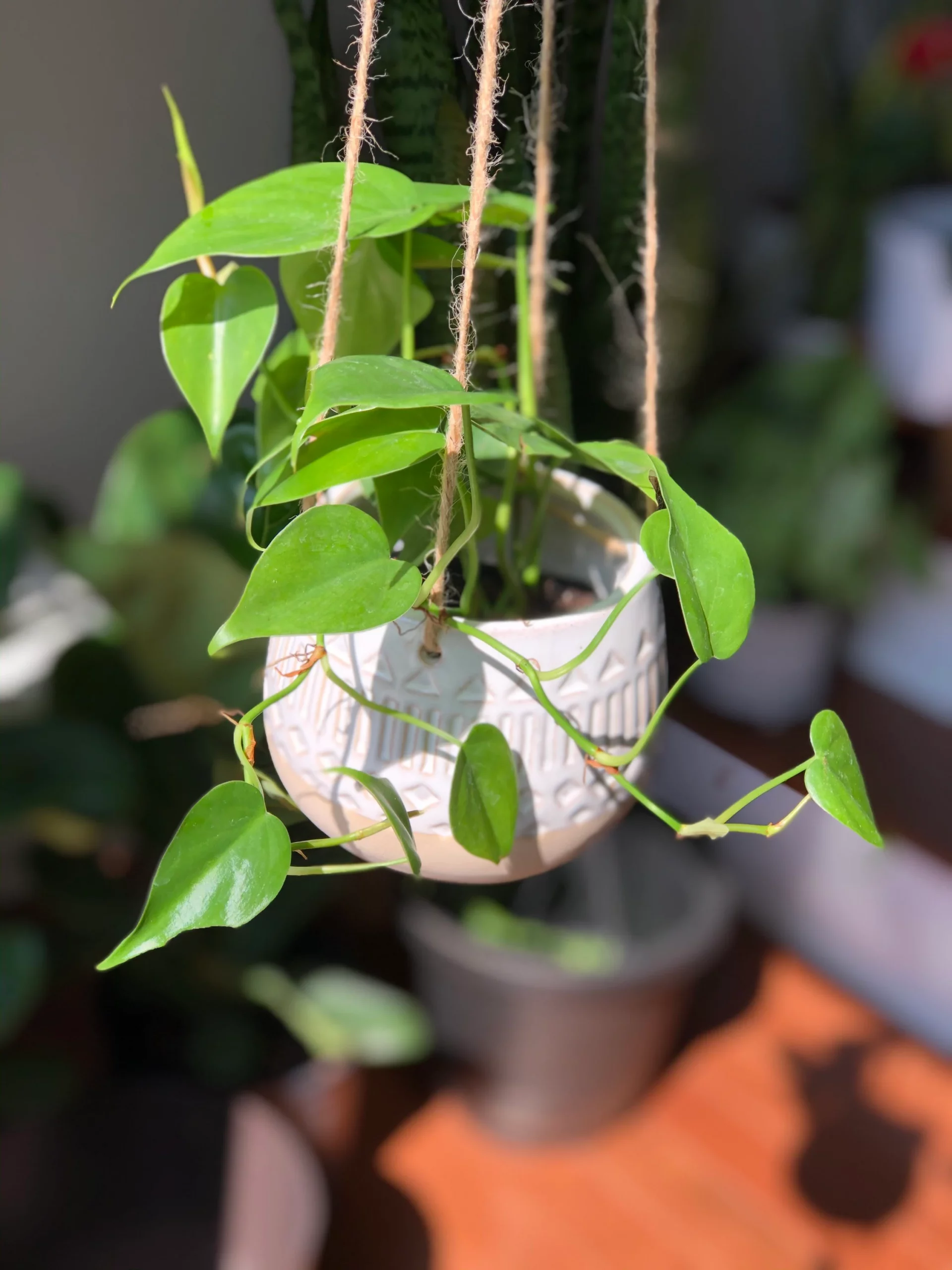
What makes this plant a plus for house plant growers is not only can it be grown in low light but it is uniquely shaped making it very attractive in the home.
It is important to know that there are two kinds of philodendrons- climbing and non-climbing philodendrons. Their beauty is appreciated when they are placed in simple but attractive pots. Water this plant as needed and ensure that they are grown in middle temperature.
Philodendron Care Tips:
- Water as needed
- Change soil when leaves start turning yellow and brown
- Use sterilized equipment when pruning.
4. Dieffenbachia
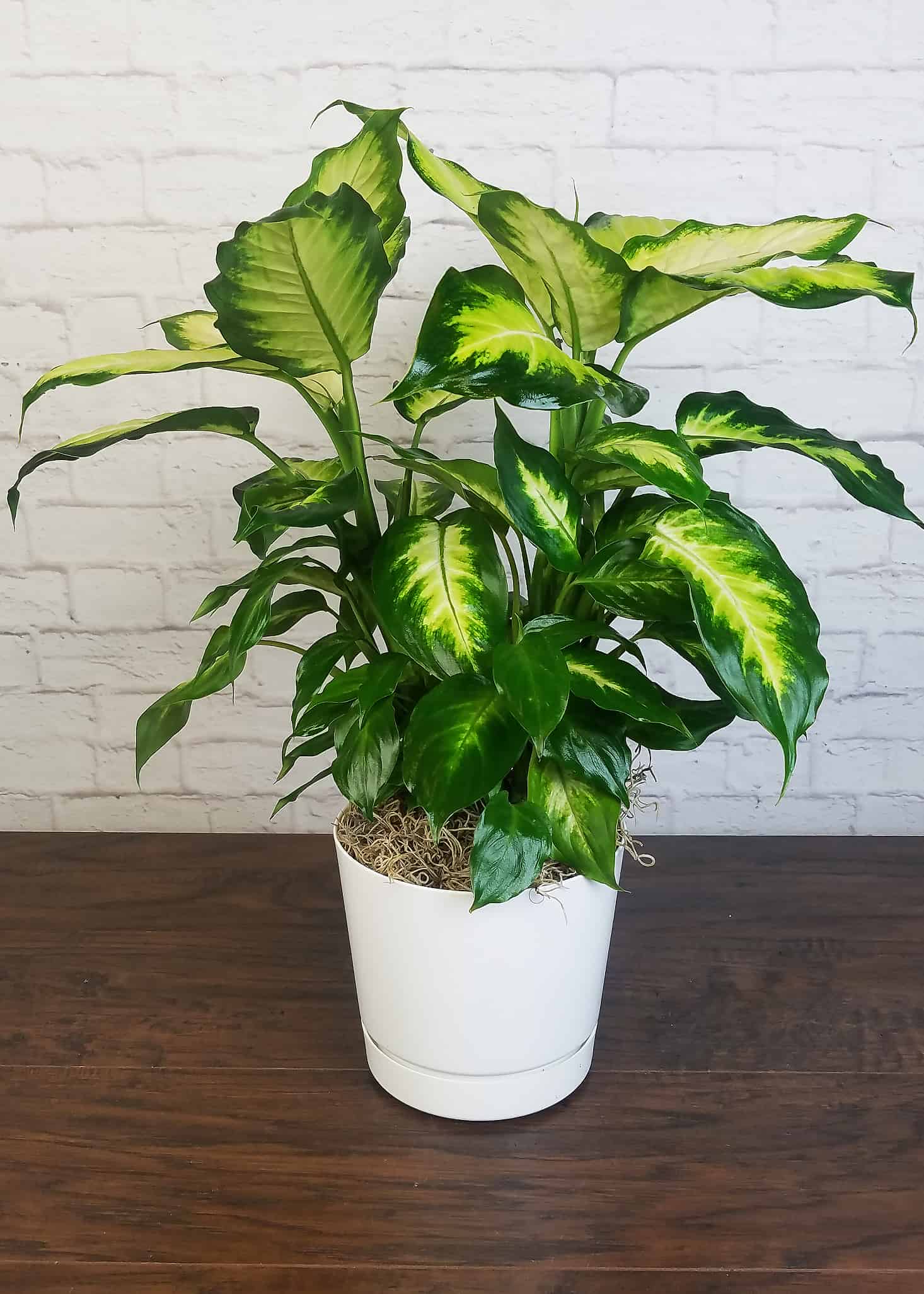
One house plant that can survive tough conditions is the Dieffenbachia and it is commonly called Dumb cane. The tropical plant has its origin in Mexico and Argentina and thrives when it is grown in warm temperatures.
Choose well-drained organic soil and always make sure it never dries out. Although they are tough plants, watch out for changes in foliage appearance or growth process as they may be indicators of something you may or may not be doing.
Dieffenbachia Care Tips:
- Keep away from pets and kids
- Mist both sides of the leaves
- Use sterilized equipment to prune.
5. Snake Plant
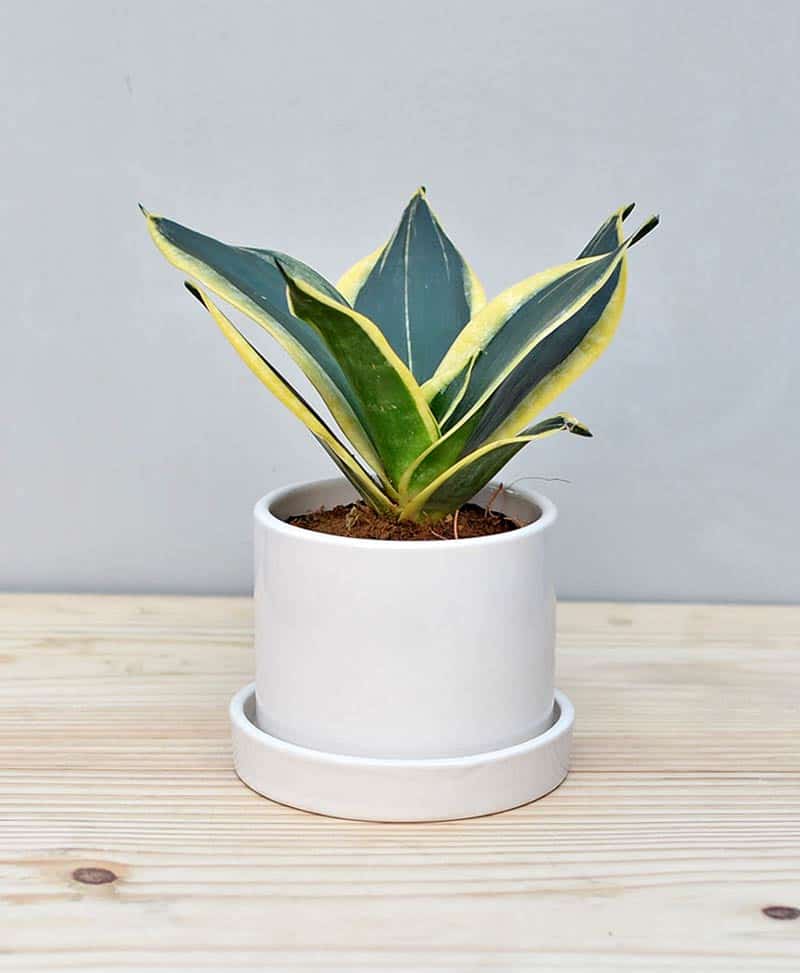
With this plant, not only is it low maintenance and low light, it serves as an air purifier. Its other common names are mother-in-law tongue, George’s sword among other names. An interesting fact about this plant is that it sucks in water so you would need to be careful with their watering.
The African plant also doubles as a healing agent to cure snake bites. The Snake plant can grow well without fertilizers and you must repot once it becomes pot bound. Even though they are low light plants, outrightly neglecting their light needs would cause the leaves to wilt
Snake Plant Care Tips:
- Never use plastic pots for them
- Brown leaves are a sign of under-watering
- Water every 2 weeks.
6. Prayer Plant
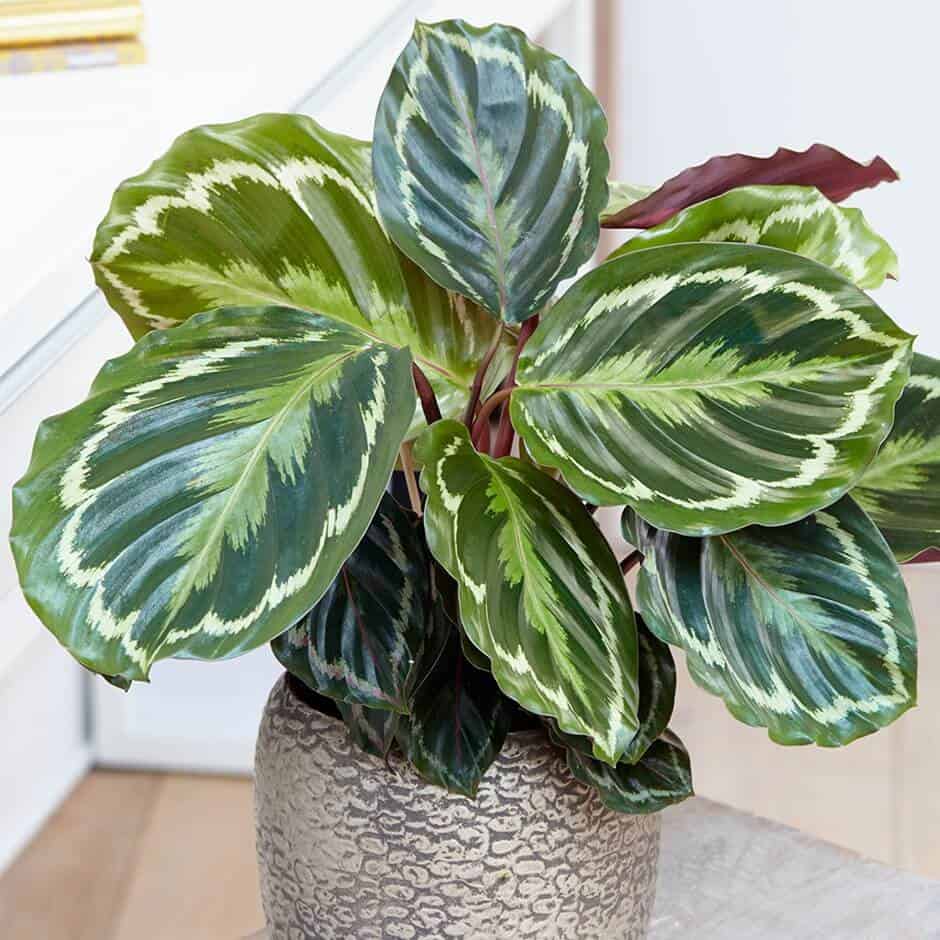
Most indoor plants get named after their unique features. As the name implies, the plant folds up its leaves at night in a praying position and at daybreak unfolds its leaves.
The Brazilian plant is tricolored and comes with brightly patterned leaves. They grow best in moist and shaded areas. Whether at corners or table stands, anywhere can be a good fit for them. Asides from potting them, they could also be hanged with hanging baskets.
Prayer Plant Care Tips:
- Spray frequently to improve humidity
- Choose organic soil for propagation
- Fertilize the plant moderately.
7. Oyster Plant
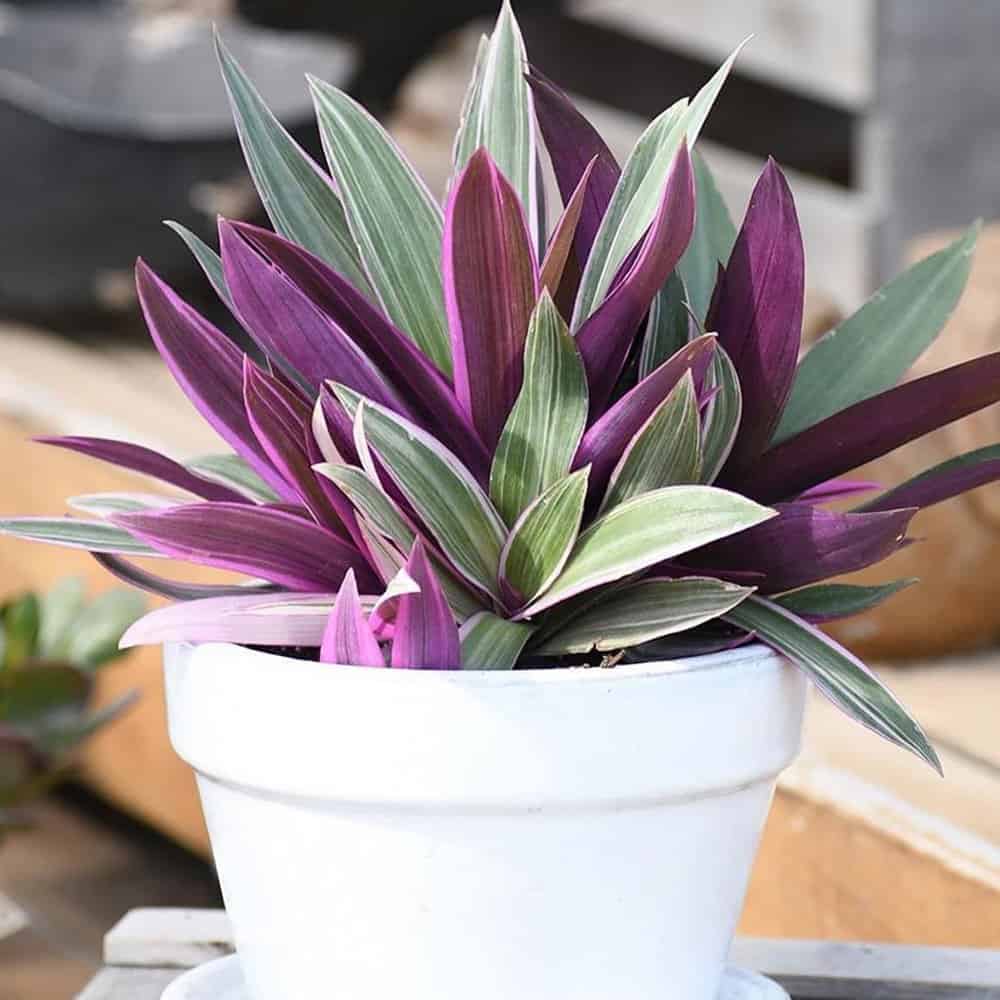
For the upper part and the base, the oyster plant has two different colors. The foliage colors are green, purple, and pink. The most attractive oysters are the ones with multiple colors on the surface. They can grow up to 12 inches in height and are very easy to maintain.
If you are a beginner, your schedule is sure to accommodate nurturing an oyster plant. The oyster is not only a low light plant, it also does not require as much watering as other plants.
Oyster Plant Care Tips:
- Use gloves when tending to them
- Keep away from pets and kids
- Regularly rotate the pot to allow even spread of nutrients.
8. Sago Palm
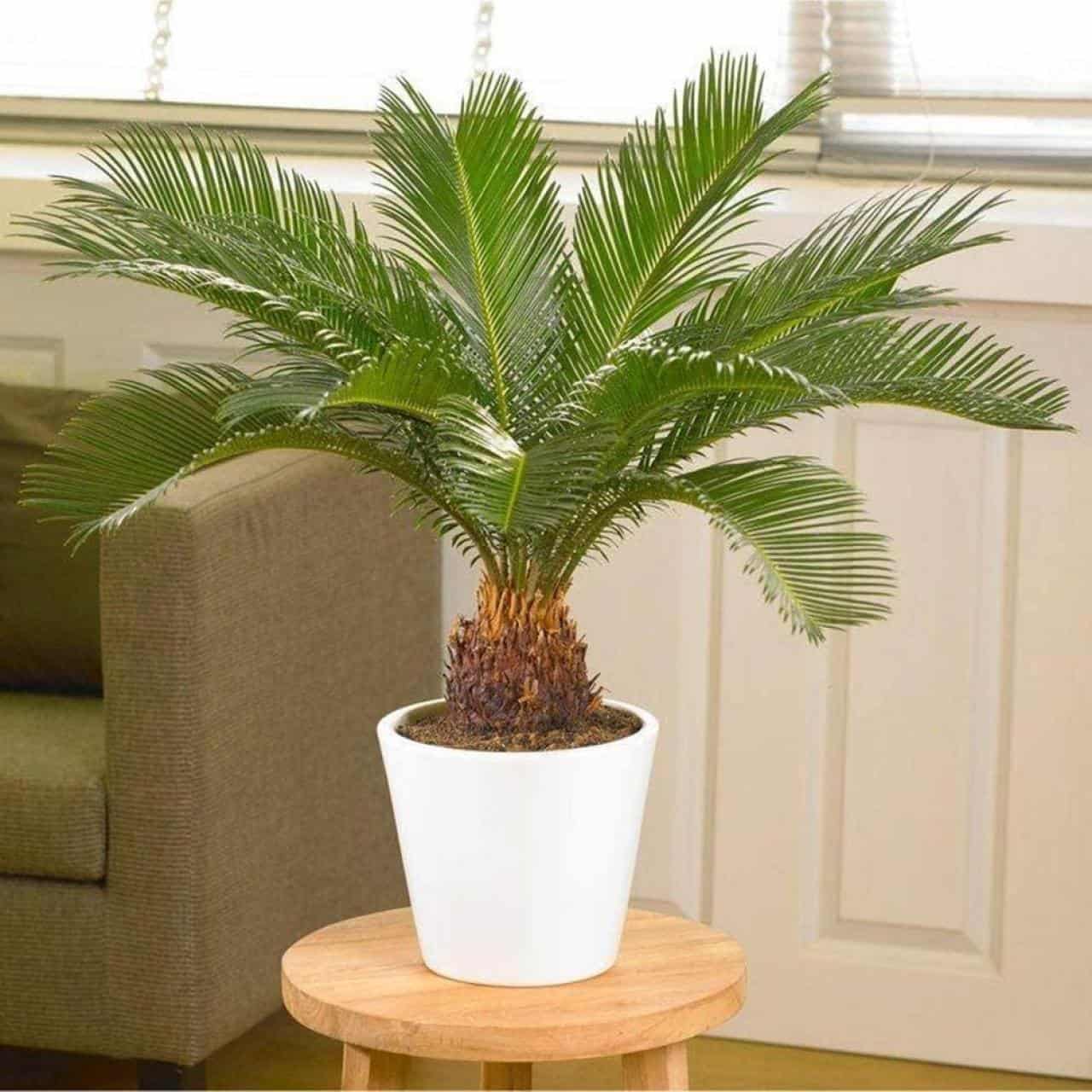
To grow a sago palm is to grow a mini palm tree. Its wide and feathery leaves make it attractive for the home because it is very captivating. Since it does not need bright light to survive, it is a great choice for indoor propagation.
They are easily susceptible to overwatering so you must be careful with their watering. Also, never allow the soil to dry out. The sago palm which is quite easy to maintain can have a slow growth process so you may have to be patient.
Sago Palm Care Tips:
- Water moderately
- Use well-drilled pots
- Fertilize once a while.
9. Golden Pothos
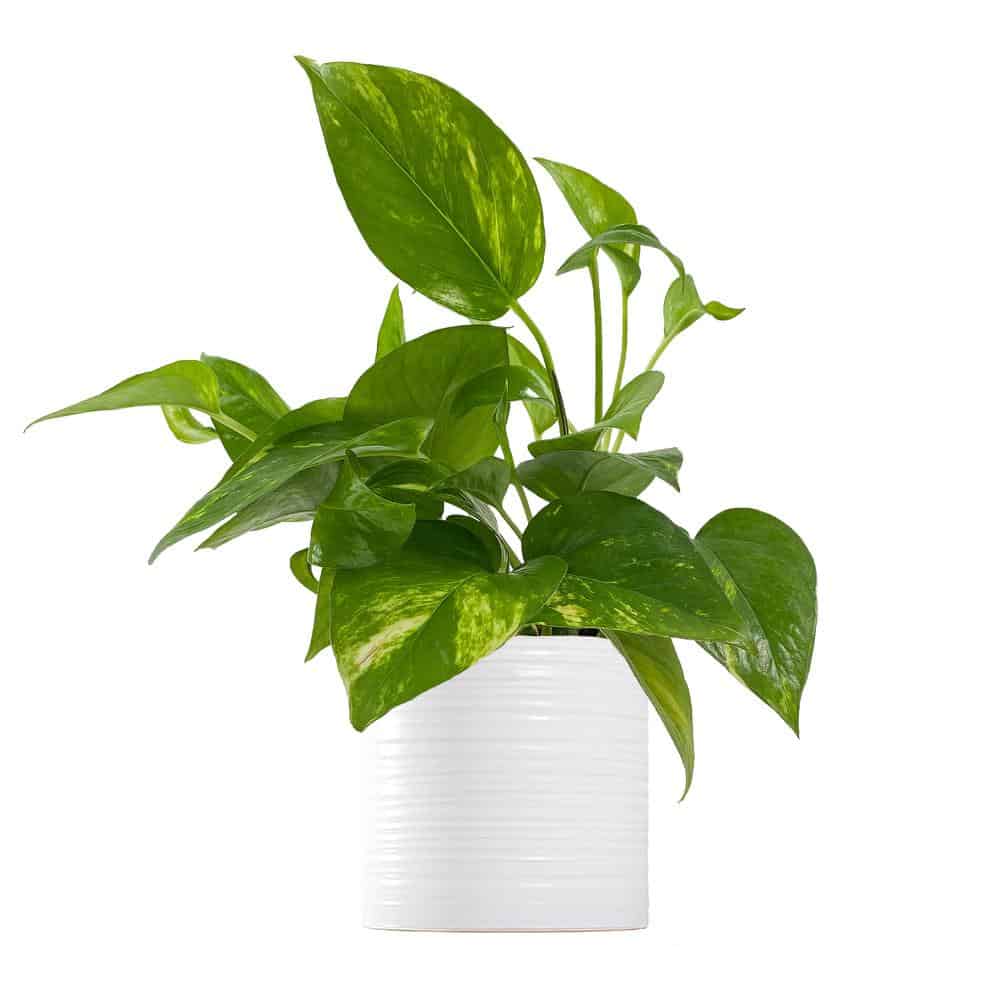
Also called Devil’s Ivy, the Golden Pothos is a climbing plant that can be pot-grown or hanged in baskets. They do not require much light so they can be grown anywhere.
They can also be used to decorate walls. The Golden Pothos thrives in organic soil and requires pruning regularly if you don’t want them hanging on walls.
Golden Pothos Care Tips:
- Never allow the soil to dry out before watering
- Mist leaves regularly to prevent dust build-up.
10. The Lucky Bamboo
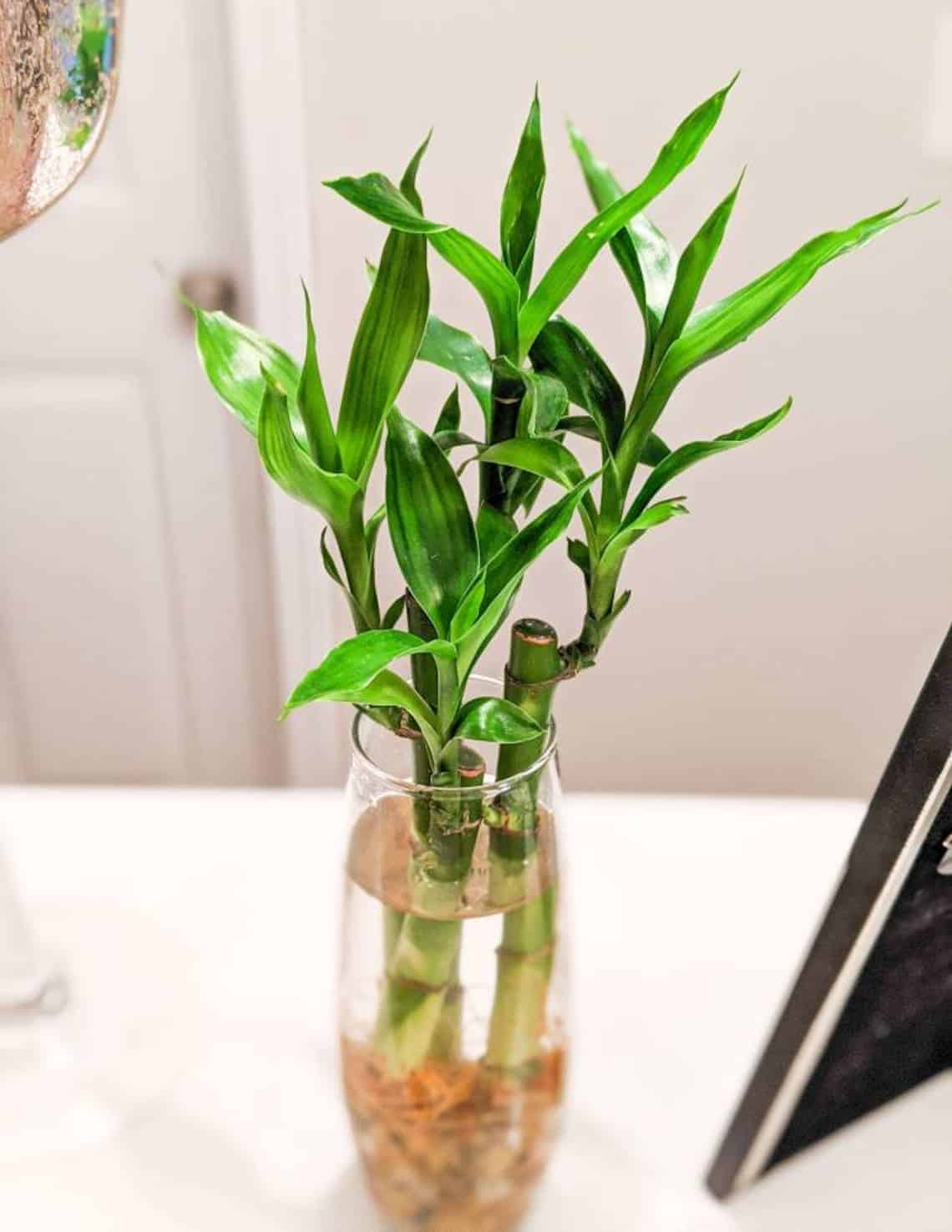
This low-light plant grows into stalks that can be sculptured and braided into beautiful shapes. Their beauty is complemented when you make use of attractive pots.
An interesting fact about them is that they can both be grown in pots and water.
The Lucky Bamboo Care Tips:
- Change the pot once the leaves start turning yellow
- If a stalk dies, remove it immediately.
Final Note
Although the above-listed plants are low-light plants, they should still get sufficient light required to survive. If you are a beginner, low-light plants are very convenient plants to nurture.
You would however need to provide the other requirements required for their thriving. When you decide on the choice of low-light plants to propagate, join a community of their growers around you.
More indoor plants:

